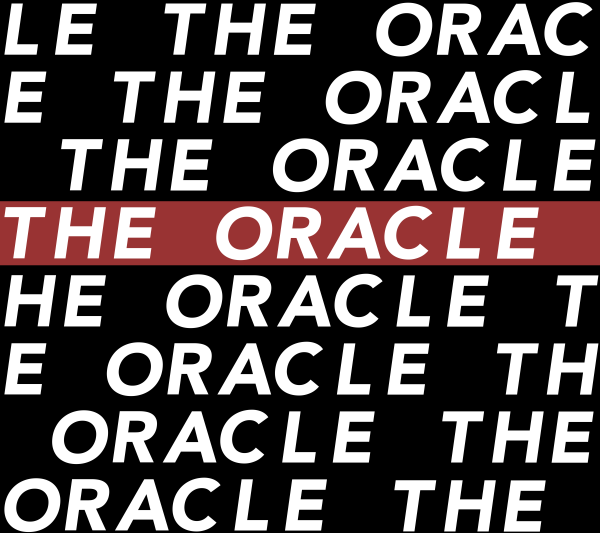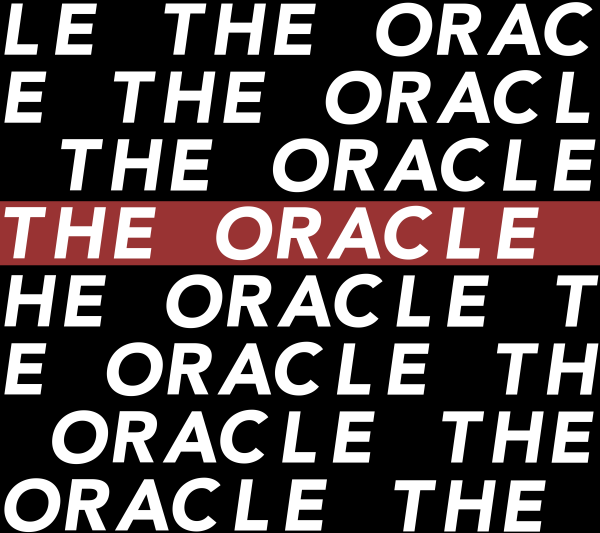I’ll see you at the movies
The Twin Cities Film Festival is wrapping up—but the wider American audience still struggles to see the art behind the dollar signs.
November 4, 2015
“We live in a box of space and time. Movies are windows in its walls. They allow us to enter other minds, not simply in the sense of identifying with the characters…but by seeing the world as another person sees it.” Roger Ebert wrote these words in an attempt to discern what makes a movie a ‘masterpiece’, and moreover on how important movies remain to us as a culture of millions of pieces.
Film is perhaps the greatest cultural achievement of the 20th Century. Few other mediums are able to communicate so wholly and so unequivocally with their audience—to distract us for a time, and to draw us into the realm of our wildest fantasies.
It wasn’t so long ago that going to the movies was not just a pastime, but an event in which we connected with others through the shared experience of the silver screen.
That time is long gone. Gone like the grand theaters and their chandeliers and box seats. While our technological advances in the movie-making industry have come leaps and bounds, we have lost the way.
The top four largest grossing movies last year (“American Sniper”, “The Hunger Games: Mockingjay”, “Guardians of the Galaxy” and “Captain America: Winter Soldier”) are the very staples of what it means to be a modern Hollywood success: two are remakes of novels, and two others are comic book adaptations. Films are no longer cultural landmarks, but investments that studios expect a return on.
This is no huge surprise either, as our entire experience behind ‘going to see movies’ has changed as a society. It wasn’t so long ago that the local theater was the center of architecture, and going to watch a film was an affair to dress for. We’re lucky to see that some of these still remain—the Lagoon Cinema off Hennepin is a beautiful example of this—but the overwhelming majority show a degression for the artform.
That’s just it—it’s an entire cultural movement away from movies. When ‘film’ comes up, it isn’t thought of as a form of art anymore, but as a Friday evening pastime. It’s often heartbreaking to see some people fight against this thought—directors and creative engines who push to bring respect back to the silver screen. Some are successful, but often times so many others fall out of the sky because their ideas don’t fit in with the societal norm.
Spike Jonze’s “Her” comes to mind. Joaquin Phoenix paints a tortured portrait of love with an A.I Operating System—something that I honestly believe doesn’t sound unbelievable in the near future—and shows us the ramifications of loneliness, technology and the strive to find companionship.
Unfortunately, most of my friends who went and saw it couldn’t get past the film’s surface—claiming that it was “too weird” to be enjoyable at all, something that honestly makes me very sad. “Her” was one of my favorite movies of 2013, and to see it struggle with the wider public didn’t give any hope to the revival of the artform.
Instead, movies are now just another way to exchange your cultural identity for an extra buck. We stopped imagining them as ways to connect with one another, and began seeing them as dollar and cents signs. There is no art where there is profit, and the black heart of corporate greed beats at the center of Hollywood.





